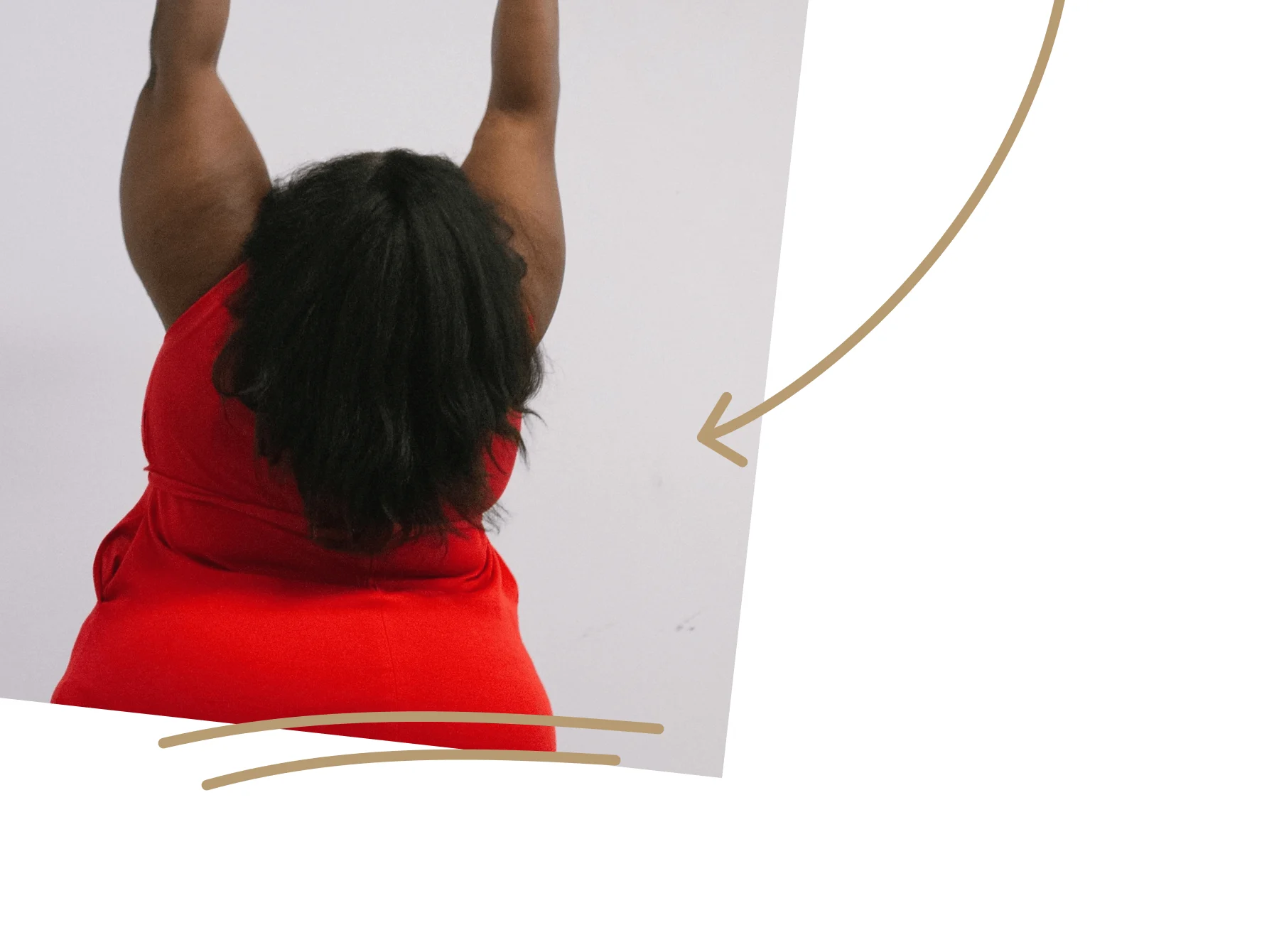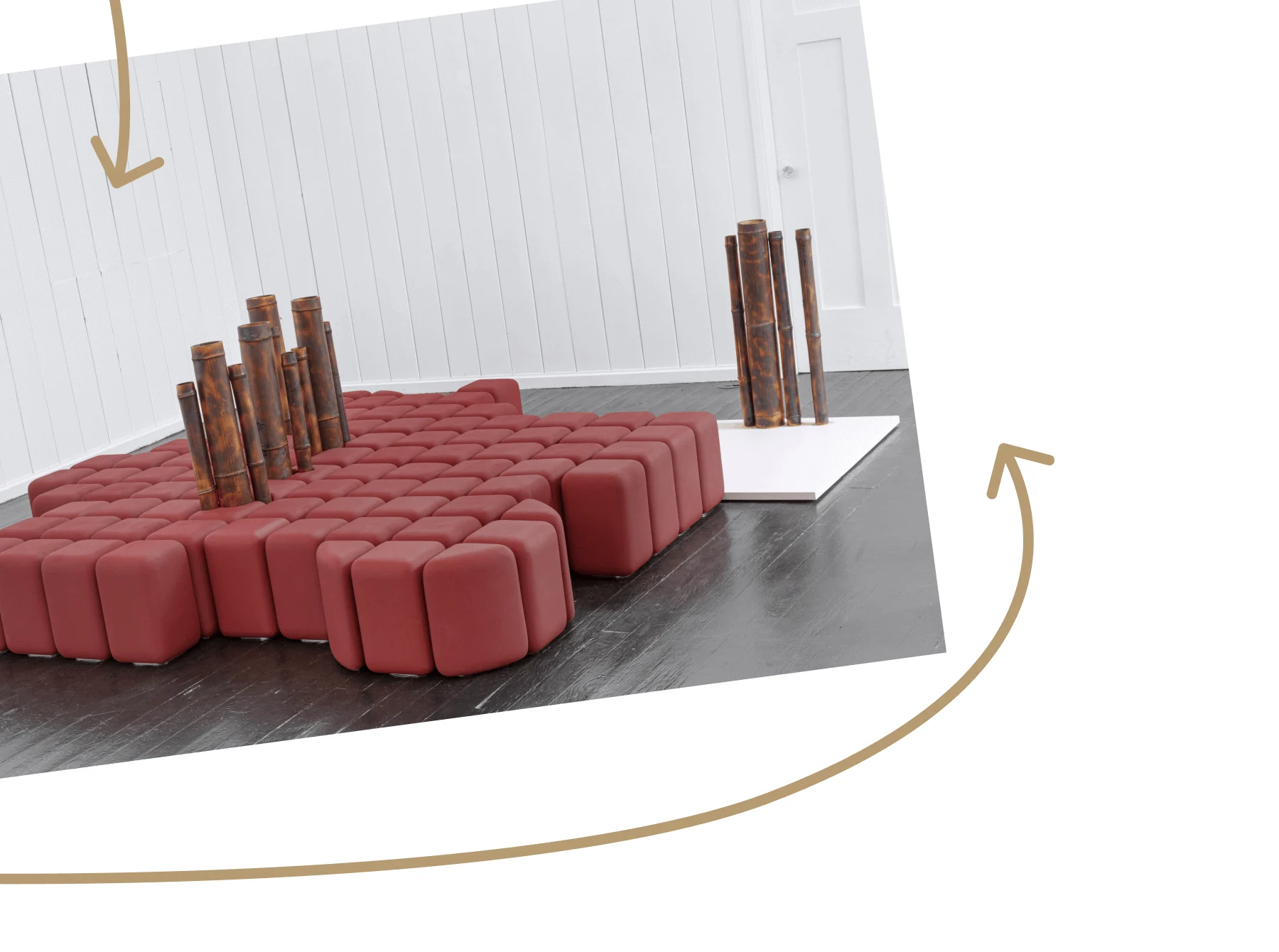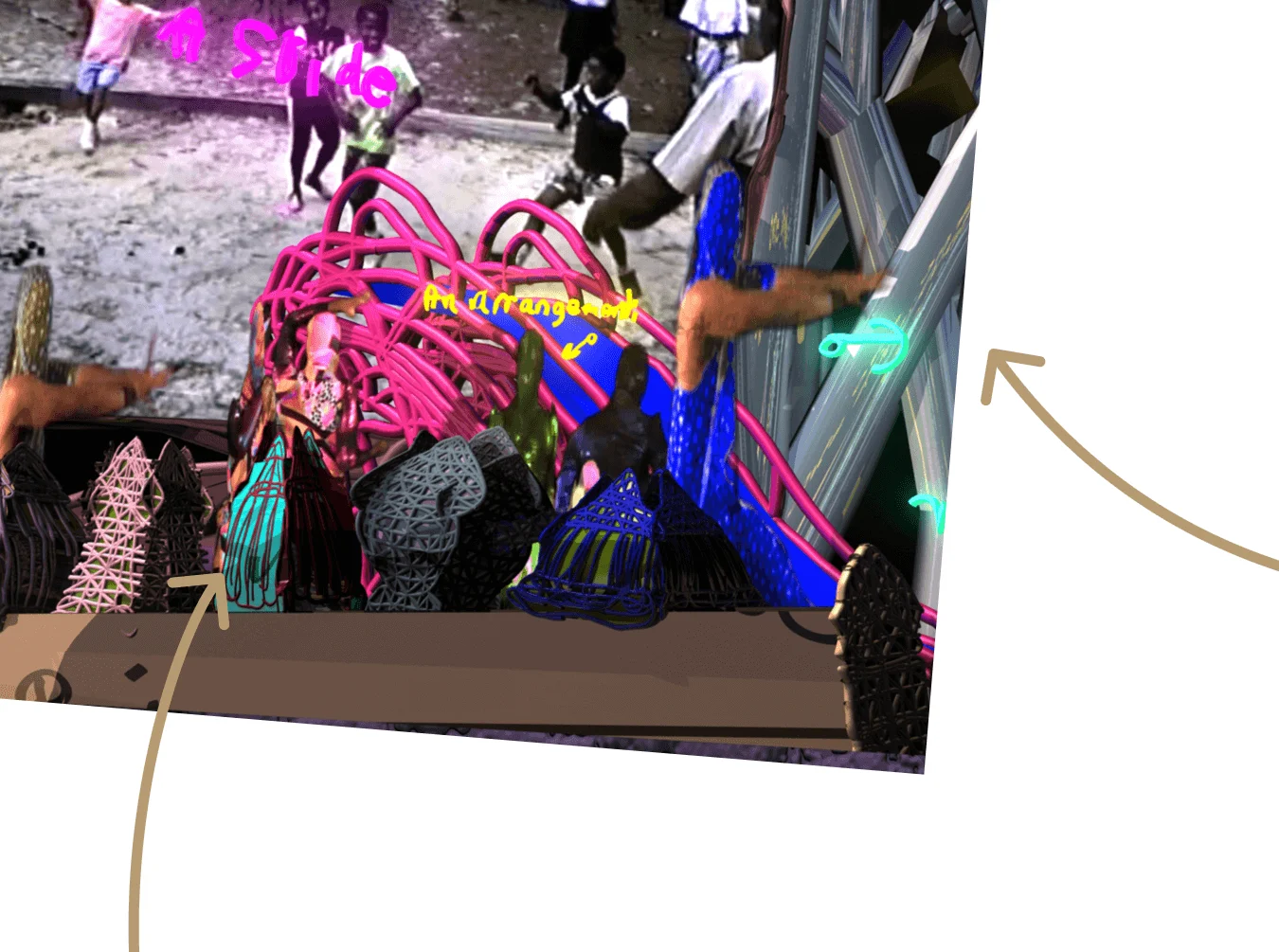

When studying at NYU, artist Elliott Jerome Brown Jr. worked on a brief that ignited a curiosity within him regarding photography and the notion of privacy. Alongside his personal work exploring these themes, he also shoots editorials for magazines, and takes portraits of some of the world’s biggest artists. His work has been selected by Solange Knowles as part of her guest curatorship for WePresent. Here, he speaks to art historian and writer Ferren Gipson about the ideas that inform his practice.

“Elliott Jerome photographs with a masterful force that permits the viewer to imagine worlds and narratives for his portraits. His work demonstrates an expressionist, storytelling style that is resonant and reviving. I've always connected with the emotional visibility and Blackness’ plural presence in his work. There's a multi- dimensional spirit to his art and I recognize myself in the vulnerability of his subjects.”
– Solange Knowles

Elliott Jerome Brown Jr. describes having a “sensitivity for space” that stems from his experiences growing up in Long Island, New York. He recalls visiting his maternal and paternal grandparents’ homes and observing how their interiors aligned with the different personalities and habits of each resident. One home was pristine and tidy, the other filled with boxes and less orderly. Brown Jr. now views these domestic spaces as offering ways of understanding the people that inhabited them.
“It could be used as an entry point into thinking about how they raise their families, what they choose not to share, what they evade,” says Brown Jr., speaking from his maternal grandparents’ living room. “I think, based on the way that they organize space, those behaviors and interpersonal dynamics have a metaphor.”
Photographing in a space where people choose privacy or anonymity means that you show up with a different toolset.
From around age 10, he began to take an interest in photography as a way of documenting objects and people. He took pictures of items he wanted at the mall or close-up shots of family, with no particular artistic objective in mind. At this time, he mainly associated art with painting and felt disconnected from it as a subject and practice. This shifted when, in high school, a friend told him she aspired to become a fashion photographer. Referencing the show “America’s Next Top Model,” she explained what the career entailed, and Brown Jr. was sold. From then, he was more intentional in the way he captured images as he embarked on his own journey towards the same goal.

His work comments on our perception of space
After enrolling at NYU, a professor encouraged Brown Jr. to think more broadly about his practice. The teacher pressed the students (many of whom were interested in fashion photography) to focus on how they saw the world, which could then be transferred to their work. “That led me to thinking about my gender, thinking about my sexuality, and thinking about my Blackness, and wanting to create a theater of that experience,” he says.
He first explored these themes through a pseudo-documentary about the Ramble in Central Park. This is a wooded area historically associated with, both, birdwatching and gay cruising. Brown Jr. conceived the project at a time when he was exploring his own sexuality. Having first learned about cruising in an informal class discussion, he decided felt inspired to create work around it.

Distance is often read as a thing to challenge.
“Photographing in a space where people choose privacy or anonymity means that you show up with a different toolset,” says Brown Jr. “That project helped me develop tools that are maintained in my practice now, but they had developed for a completely different intention at that point: photographing people with their backs turned, photographing people from a distance, photographing the space at large and maybe layering the space and layering people and the environment overlapping them.”
In this project, he photographed people in pursuit of private moments carried out in public. Brown Jr. took care not to reveal their identities, thus maintaining discretion while also shining a light on the person. It is here that we begin to see the thematic push-and-pull between public and private—as well as closeness and distance—that continues to be a central feature in his work. The “layering” he refers to also recurs in different ways—sometimes through depicting objects and people at varying distances or by using mirrors, which creates images within images. Mirrors also work to create distance between the person in the photograph and the viewer by showing a likeness of a likeness, rather than a direct image of a person—another sort of distance.
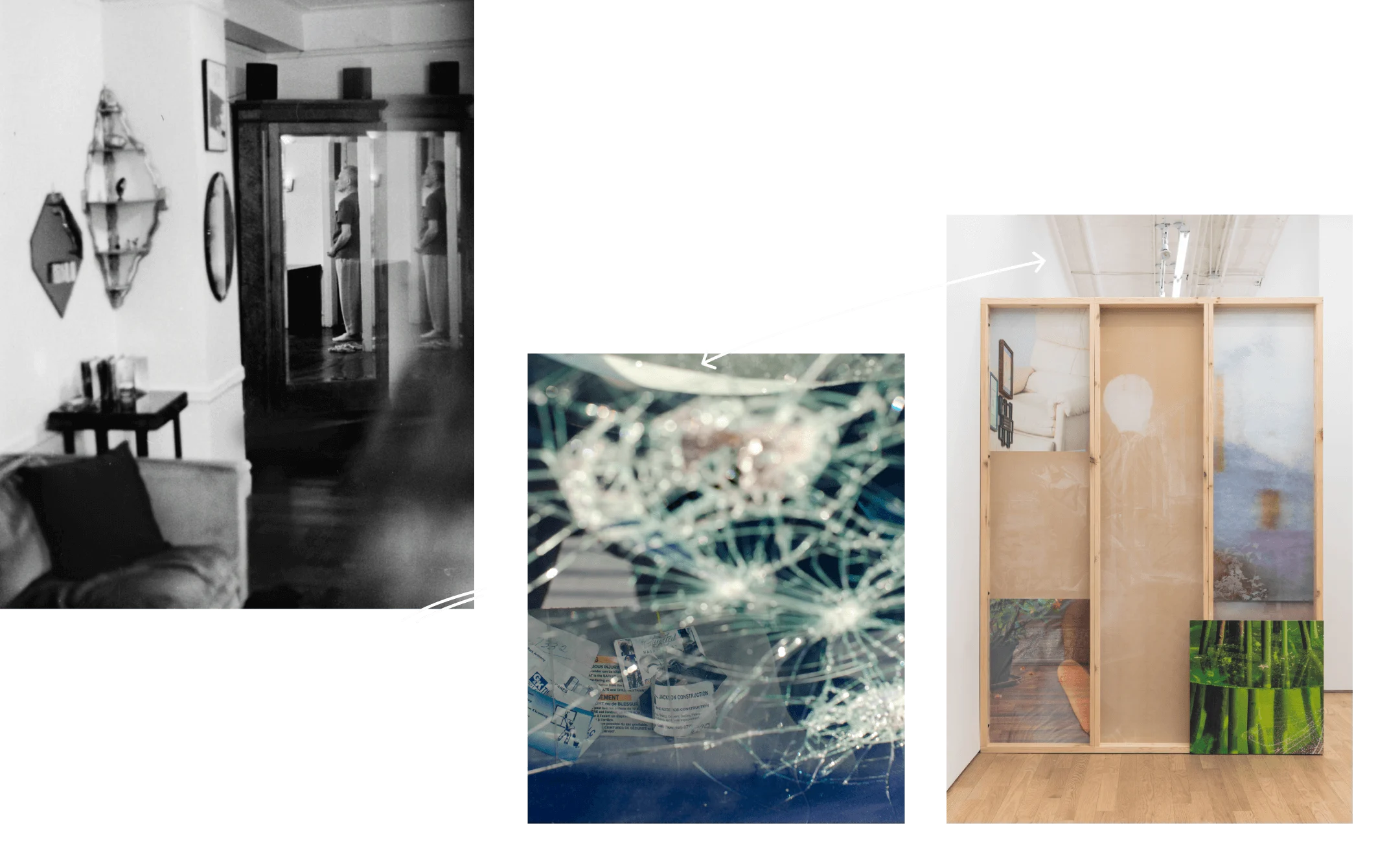
His art explores the storytelling potential of objects and spaces
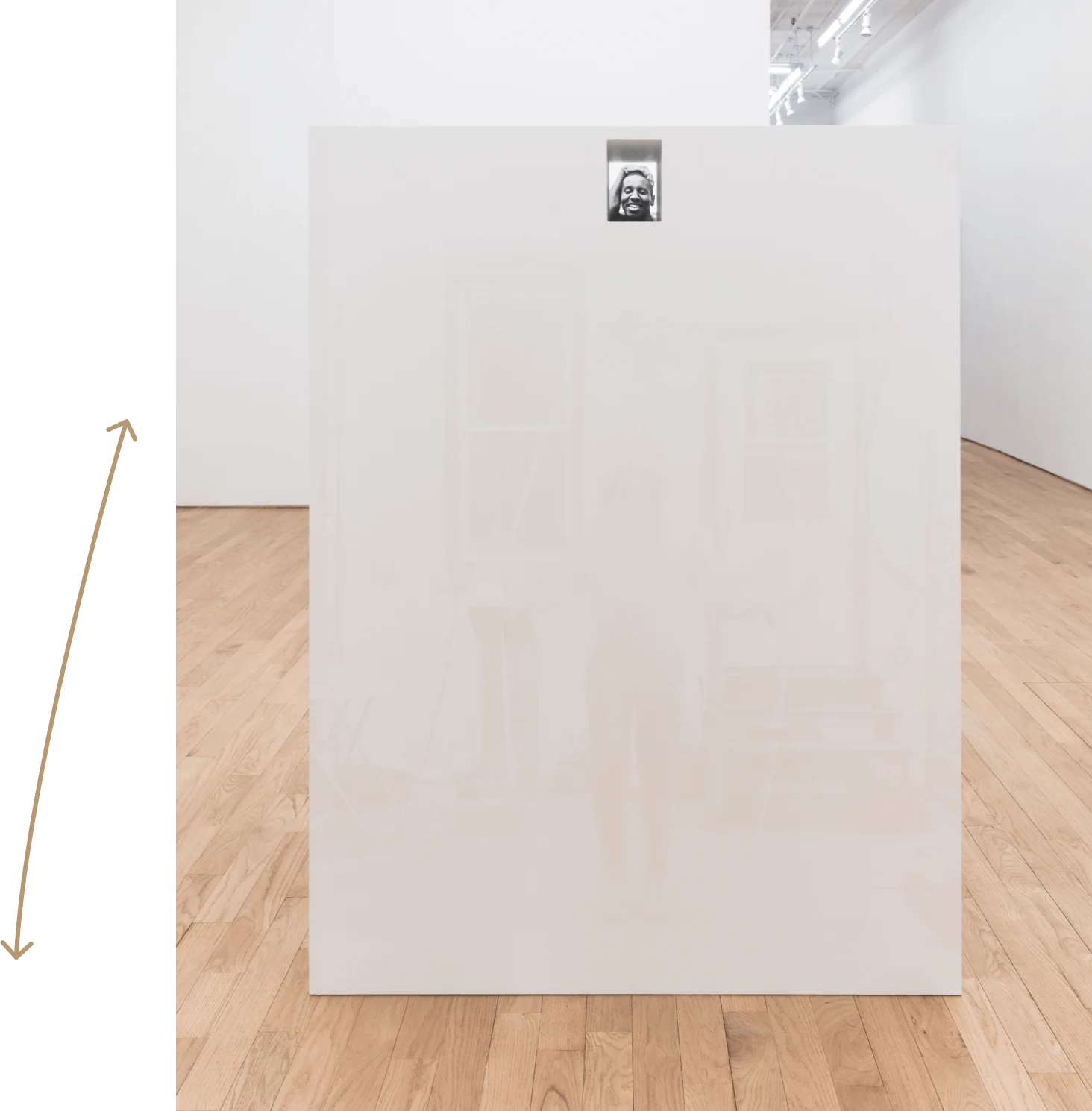
After encountering the photography of Deana Lawson, Brown Jr. began to reflect on how he could capture others in a way that allowed for varied expressions of dignity and self. Rather than drawing on classical art historical references to represent Black sitters as he saw some artists do, he felt there was an opportunity to portray people in a way that incorporated their personal visual languages. When he spent time with family and friends—often in their homes—his camera was at the ready. The observations he made about interior spaces in his childhood and his learnings from shooting the Ramble coalesced as he started to showcase people in personal, domestic spaces. Still, he maintained a sense of distance, by sometimes showing partial views of figures or withholding context from the viewer. To create captions or titles for some portraits, he might focus on a detail and imagine a narrative around it, creating an alternative reality. These texts, therefore, disorient the viewer and can only be trusted as inclinations of what could be happening, and not necessarily what is taking place.
Now, I’m more interested in resuscitating privacy towards powerful means.
“It’s about realizing something in this person’s likeness, or this environment, has the potential to indicate and less so about how these works become representative of any one individual,” he says.
As Brown Jr. has immersed himself in investigating varied ways of seeing the world, big brands and publications have taken notice. Among his many accomplishments, he’s shot editorials for W magazine and Dazed, captured stunning portraits of Solange and Janelle Monáe, and has photographed major campaigns for TELFAR. These collaborations challenge him to work outside of his usual practice, where he typically eschews strict biographies, and he takes the opportunity to connect with individuals to understand how they would like to be represented.
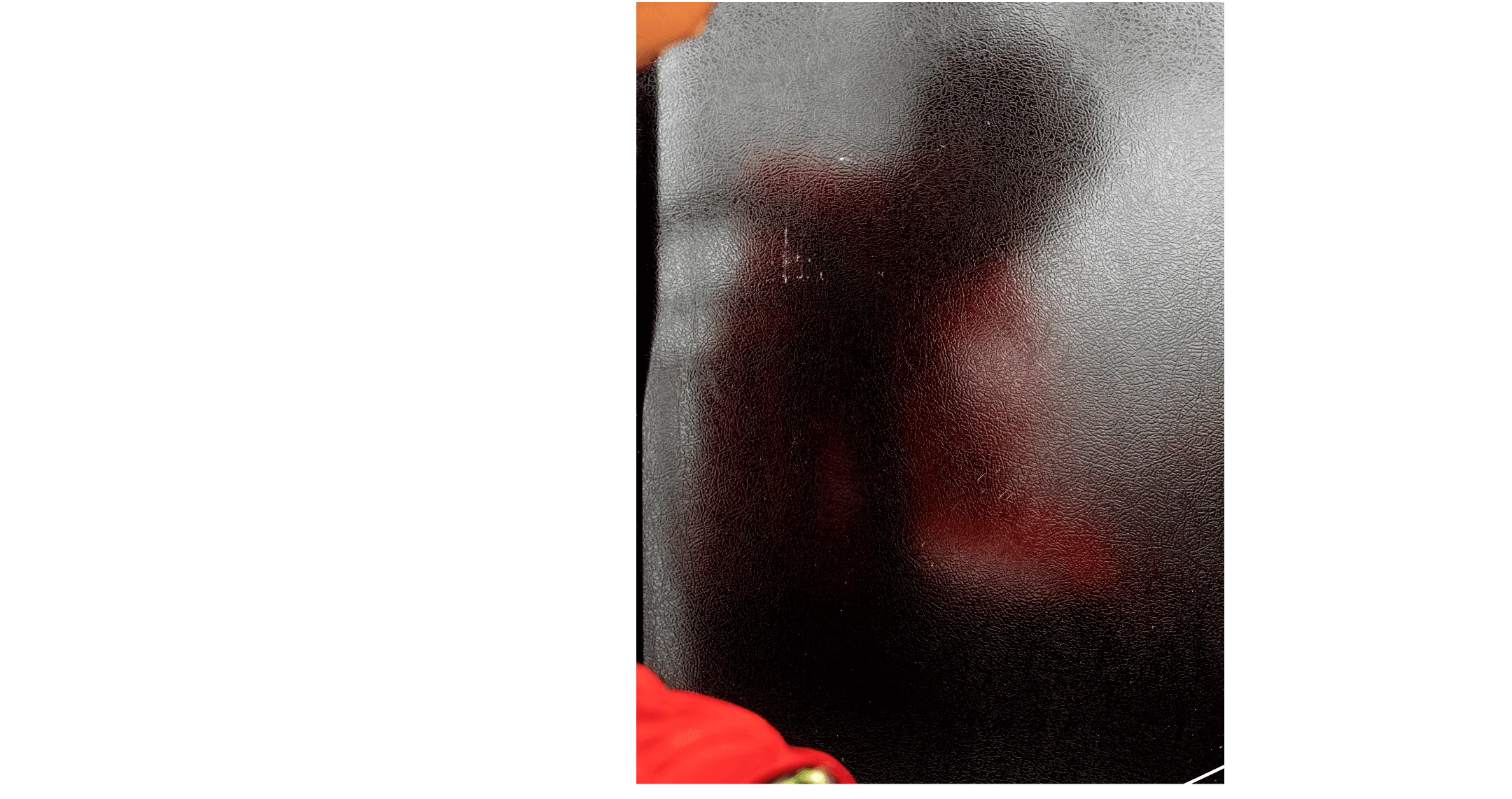
His work invites the audience to participate and engage

The themes of privacy and distance in Brown Jr.’s earlier work have shifted slightly to concepts of power and boundaries as he explores the relationship dynamics that go into making personal revelations. “I think earlier the privacy and the withholding was in the service of people who were traumatized and people who were at risk,” says Brown Jr. “Now, I’m more interested in resuscitating privacy towards powerful means.”

In his recent work, he engages with these ideas through a series of three-dimensional structures that incorporate photography. For one piece, Brown Jr. installed a white cube in a gallery. At a distance, it appears blank, but as viewers approach, photographs printed in white pearlescent ink reveal themselves on the sides. A rectangular recess going back 20 inches conceals a black-and-white photograph of a man’s smiling face with the arm of another person resting on his head. It’s joyful and intriguing, but Brown Jr. once again withholds the full image and story, leaving the moment private. These choices empower the people he photographs and establish boundaries for the viewer, as we are only allowed to see a limited amount. The work embodies the change in Brown Jr.’s approach to privacy and is an exciting glimpse into where his work is heading.
When asked what he’d like viewers to understand about his work, Brown Jr. emphasizes the positive connection between power and boundaries: “Distance is often read as a thing to challenge,” he says. “I want to develop a relationship [with distance] with a view of strength.”


